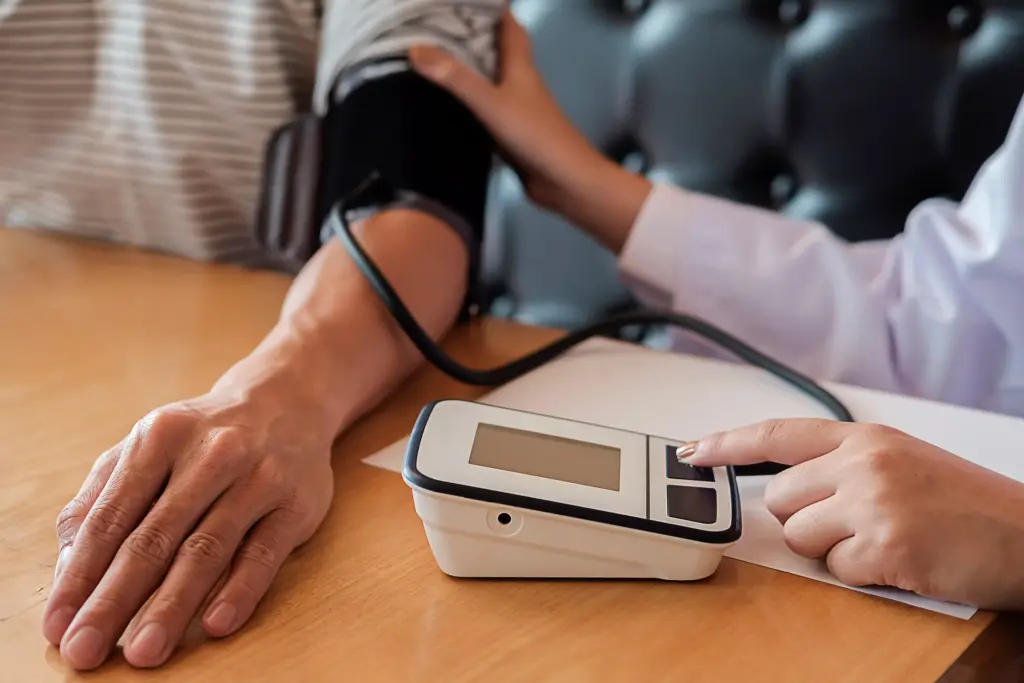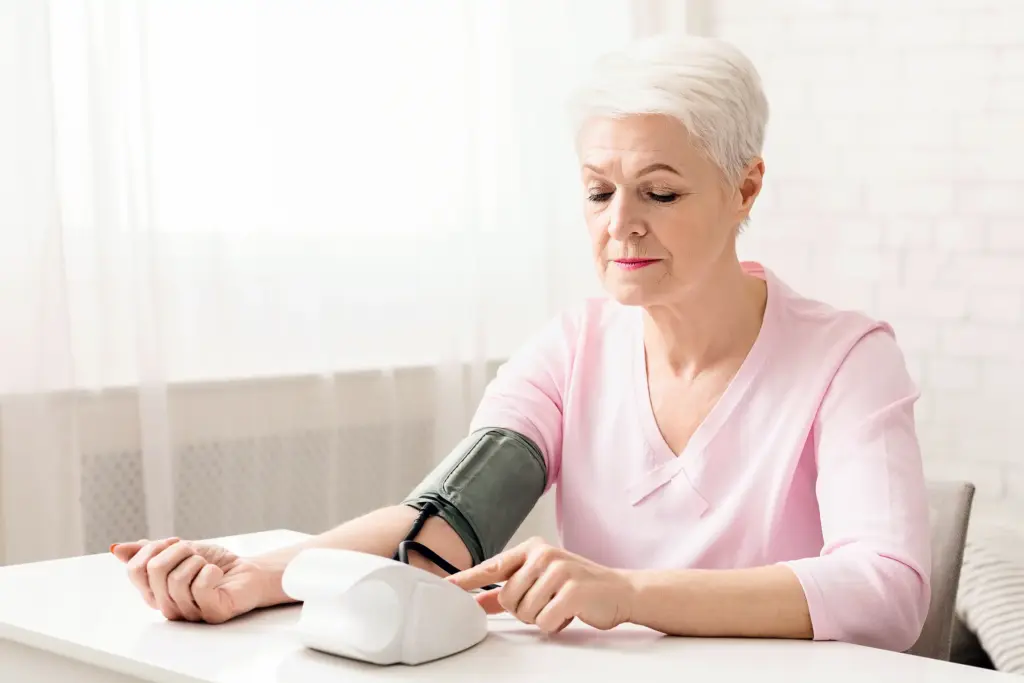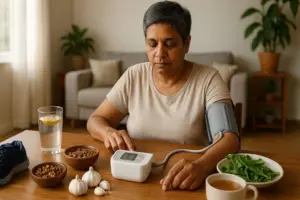
Home BP readings: High blood pressure is often known as the “silent killer” because it doesn’t always cause symptoms, but it can quietly damage our hearts, brains, and kidneys with time. That’s why blood pressure monitors for home use have become so prominent. They are very easy to use and affordable, and they also help you keep track of your numbers without having to run to the clinic every time. But if you don’t use your BP monitor correctly, your readings may be wrong. Getting the technique right is essential for trustworthy results.
Here are some common mistakes that people make while measuring their blood pressure at home:
Using the wrong cuff size:
Think of the BP cuff like a shoe; if it doesn’t fit, it won’t work. Too small a cuff can read falsely high; too large a cuff can read falsely low. Measure the midpoint of your upper arm with a tape and match it to the cuff’s stated range before you buy. The right fit will give you more accurate numbers.
Also Read | Can the DASH diet really lower your blood pressure?
Measuring over clothes:
It’s tempting to just roll up a sleeve and strap the cuff on, but even thin fabric can skew your BP reading. Place the cuff directly on bare skin. If your sleeve is tight, slide your arm out instead of rolling it up. A bunched sleeve can compress the arm, leading to an inaccurately high reading.
Not sitting properly:
Body position matters for accurate BP. Sit in a chair with your back supported, feet flat and uncrossed, and your arm supported at heart level. Don’t let the arm hang down, as it can skew the result. Avoid crossing your legs, as it can push the readings higher.
Talking or moving during reading:
A friendly chat or even small movements can cause your reading to shoot up. So stay still and quiet while the monitor is running.
Checking right after the activity:
If you have just climbed stairs, exercised or even rushed into the room, your BP will naturally be higher. Just sit and relax for 5 minutes before checking your pressure.

Measuring at the wrong time:
Blood pressure actually changes throughout the day. A single reading doesnot convey the entire story. You need to take readings at the same time each day and avoid checking right after meals or smoking.
Here are some tips for measuring accurate blood pressure at home:
- Empty your bladder.
- Sit quietly for 5 minutes.
- Feet flat, back supported, arm at heart level.
- Cuff on bare skin, correct size.
- Stay still and silent.
- Take 2–3 readings and average them.
Also Read | What not to eat if you have high blood pressure
If you’ve ever thought, “My BP monitor is lying,” the issue may be technique, not the device. A few tweaks, like the right cuff size on bare skin, seated posture with back supported, and arm at heart level, can turn shaky readings into reliable ones. Remember, what matters most is the trend over time, not a single number. Use your monitor correctly, and you’ll have a powerful, at-home tool to protect your heart.








